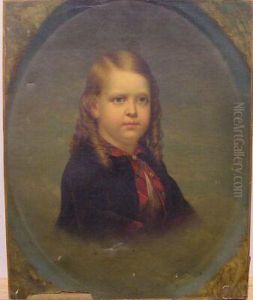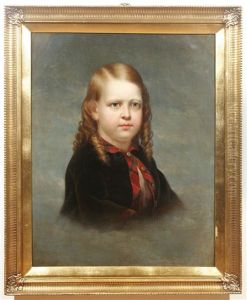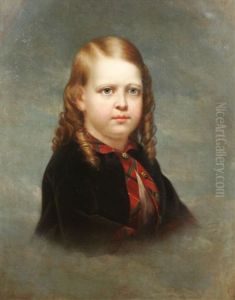Charles Hine Paintings
Charles Hine was an American artist known for his work in engraving and banknote design. Born in 1825, Hine's interest in art manifested early in his life, and he pursued his passion through various apprenticeships and studies. He worked during a period in American history when the art of engraving was not only a means of creating artwork but also a crucial component in the production of secure banknotes and official documents, which required intricate designs to prevent counterfeiting.
Hine's career encompassed a range of artistic endeavors, but he is most remembered for his contributions to the field of banknote engraving. At the time, banknotes were produced by private banks and needed to be intricately designed to discourage forgery. Hine's skill in this area was highly regarded, and his work contributed to the high quality of American currency during the mid-19th century.
Aside from his technical expertise, Hine's artistic talent allowed him to infuse a sense of aesthetics into his engravings. His work included detailed portraits, which were often used in the banknotes, as well as various allegorical and representational images. His precision and attention to detail were critical in an era when each banknote was not only a means of transaction but also a work of art in its own right.
Charles Hine's contributions to American engraving were cut short by his untimely death in 1873. Despite his relatively brief career, he left behind a legacy that would influence future generations of engravers. His work remains a testament to the craftsmanship and artistry required in the production of early American currency.


